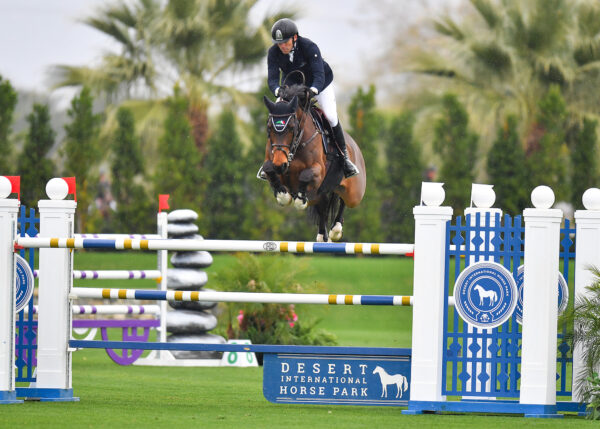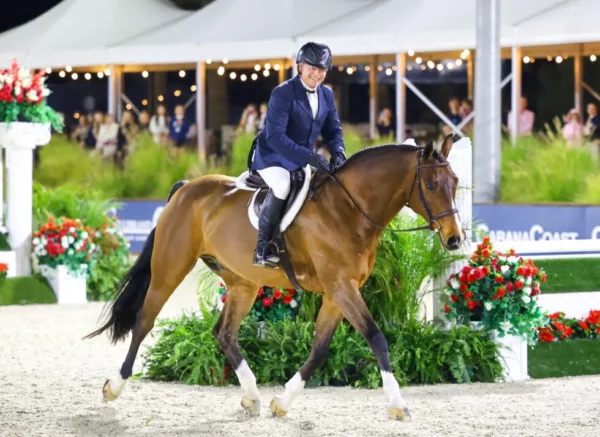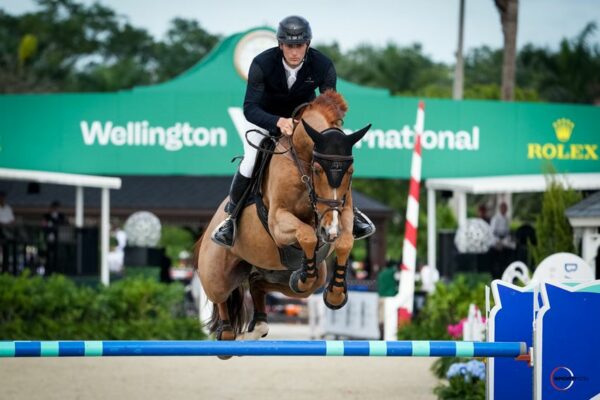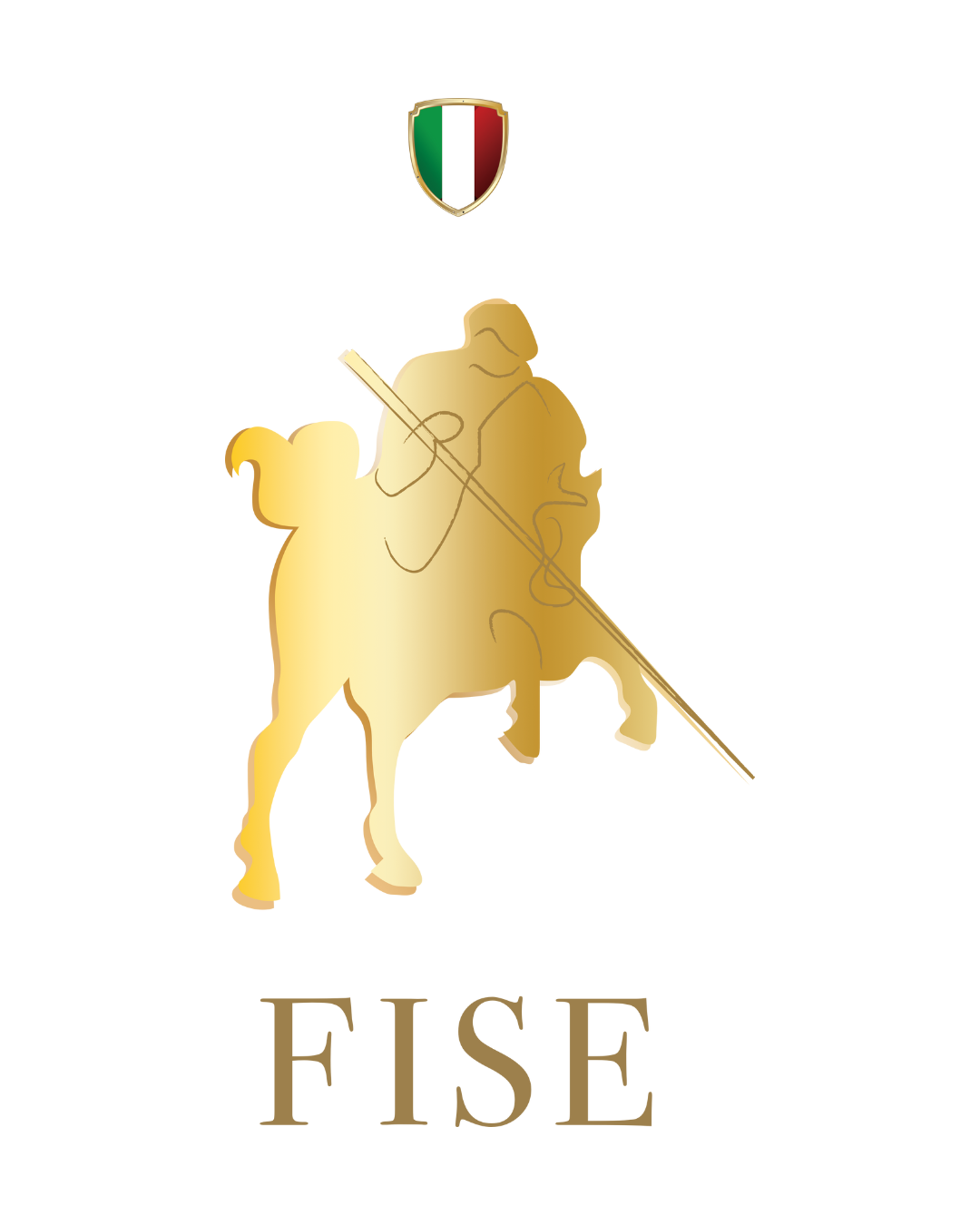
A Complete Guide to Hunter Braids, Dressage Braids, and Show Jumping Braids
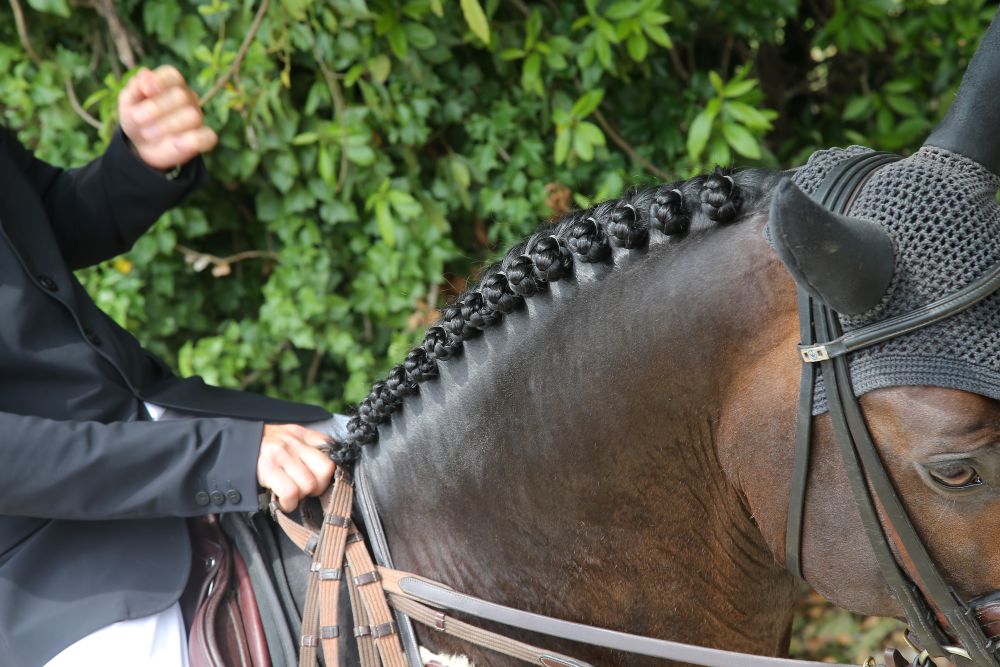
When it comes to presenting your horse in the show ring, the right braids are more than just a pretty touch, it’s part of tradition, discipline, and discipline-specific style. Each riding discipline has its own signature braid style, designed to highlight the horse’s conformation, fit the judging criteria, and stay secure through the performance. The three most common competition braids are hunter braids, dressage braids, and show jumping braids. While they share a common purpose—neatness, professionalism, and functionality—they differ greatly in appearance and technique.
Hunter braids are the epitome of tradition in the hunter ring. They are small, tight, and numerous, running down the entire mane, with each braid lying flat against the neck. The goal is to create a clean, understated look that accentuates the horse’s neckline without distracting the judge. Start with a neatly pulled mane about 3–4 inches long. Section off a small piece (about the width of your pinky) and braid tightly down the mane. Secure with yarn that matches the mane color. Fold the braid up twice, then tie off snugly so it sits flush with the crest.
How to make hunter braids perfect:
- Use a mane pulling comb to keep all sections equal in thickness.
- Keep your braiding tension consistent from crest to tip.
- Tie off with yarn twice before folding to prevent slipping.
- Finish with a light spray of hairspray or grooming spray to keep flyaways down.
Dressage braids are larger, fewer, and more prominent, designed to showcase a powerful, arched neck in motion. The classic style is the button braid, where each section is braided, rolled up, and sewn or banded into a round “button” shape. Pull the mane shorter than for hunters—around 3 inches works well. Divide into 9–15 even sections, depending on the horse’s neck length. Braid each section tightly and secure with an elastic. Roll the braid into a coil, then stitch or band in place.
How to make dressage braids perfect:
- Use a comb to measure each section so all buttons are the same size.
- Braid straight down without twisting the section at the base.
- Roll evenly from the tip to the base to get a symmetrical button.
- Use thread or yarn for stitching if you want a firmer, competition-ready hold.
Show jumpers have more flexibility. Some choose to braid for style points, while others leave the mane natural for comfort and practicality. When braiding is done, styles can range from loose continental braids to running braids or even neat button braids. The look is more about personal branding than strict tradition. For a popular button braid variation, the mane length can be slightly longer than for dressage braids. Create medium-sized sections—more than dressage, fewer than hunters. Braid, fold, and secure with elastics or yarn, sometimes with a looser, more flowing finish.
How to make show jumping braids perfect:
- Choose a braid size that complements your horse’s neck shape and movement.
- Keep braids snug but not overly tight to allow freedom in jumping.
- Match elastics or yarn exactly to the mane color for a seamless look.
- If going for a softer style, leave slight looseness at the crest for a natural curve.
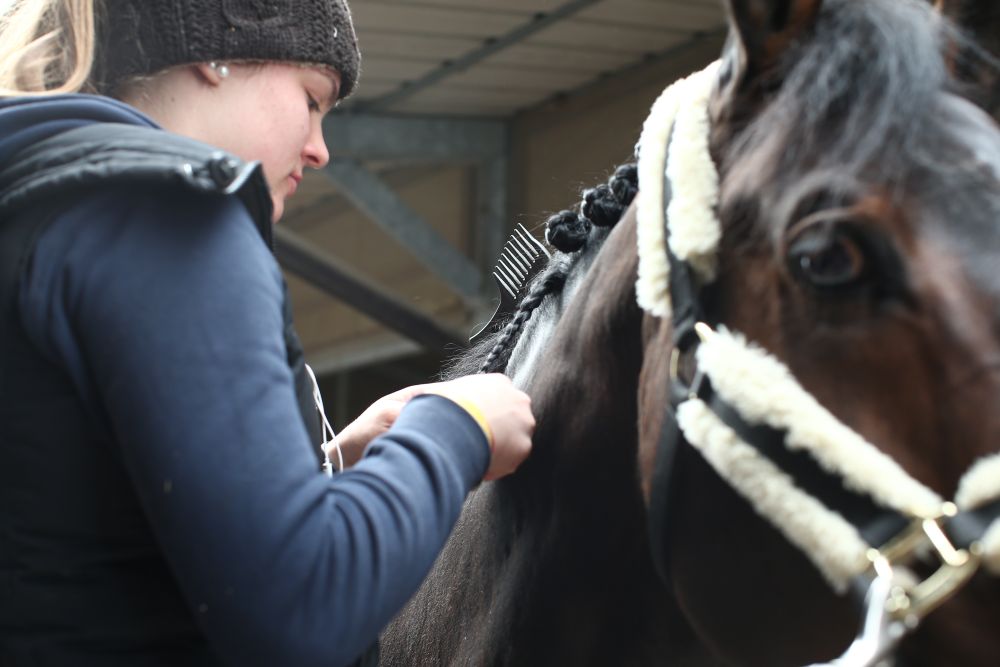
The differences in style and technique are clear. Hunters use small, numerous braids, dressage favors large, bold braids, and jumpers use a medium or varied approach. Hunters aim for discreet elegance, dressage for bold neck emphasis, and jumpers for style and practicality. Hunters secure braids with tightly sewn yarn, dressage often uses stitching or strong bands, while jumpers may choose looser or no braids at all. All require a pulled, even mane, but hunters prefer it slightly longer than for dressage.
The right braid is like the right outfit—it completes the presentation and signals respect for the discipline’s traditions. Whether you’re creating a field of tiny hunter knots, bold dressage buttons, or a personal show-jumping style, practice and patience are key. A well-braided mane not only looks beautiful but also shows your professionalism in the ring.
Valentina sozzi – PH Stefano Secchi
© Rights Reserved.




.png)
